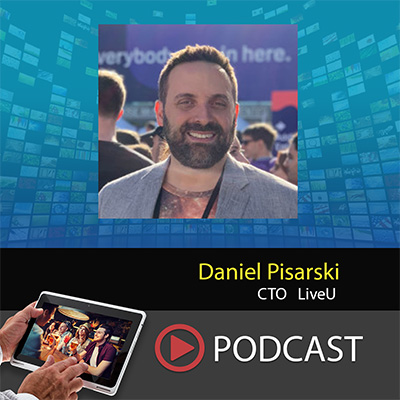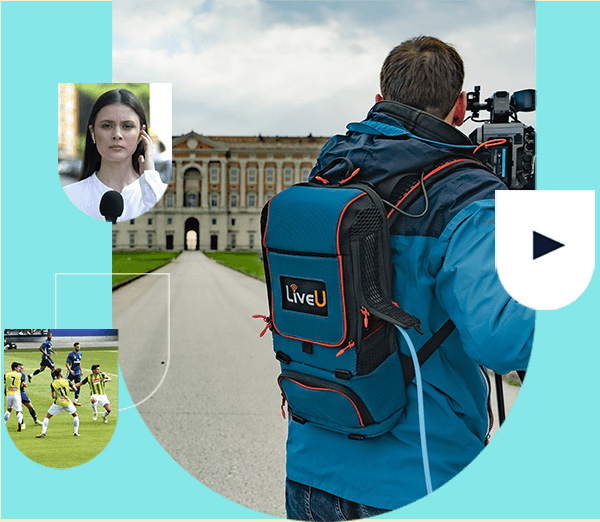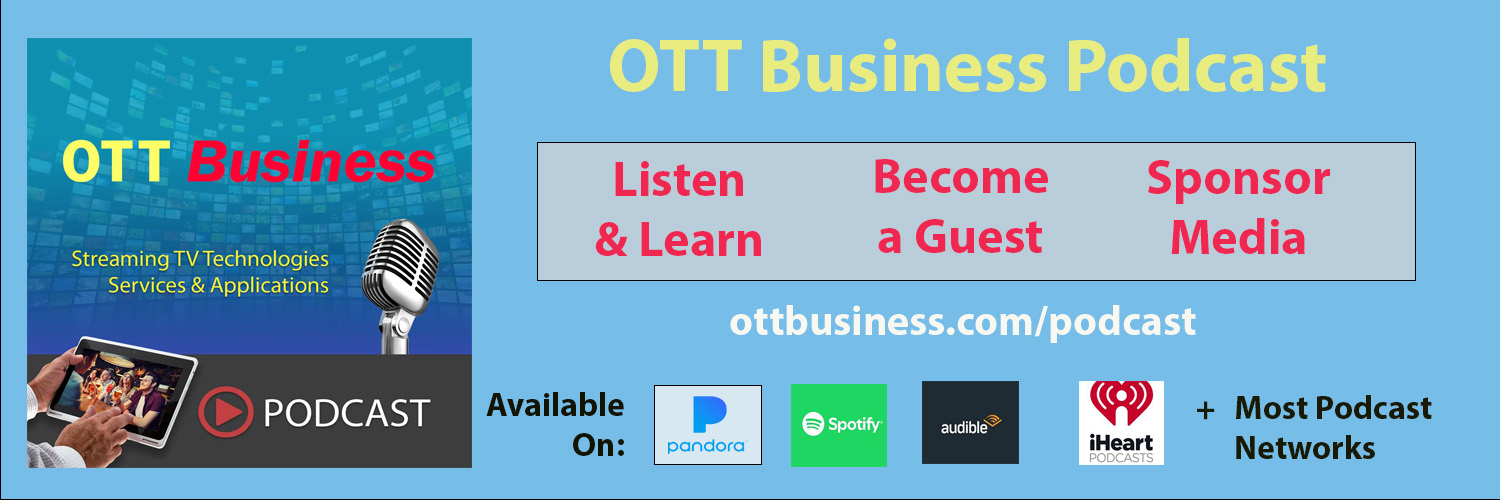by: Dan Pisarski, CTO, LiveU
OTT and streaming TV providers face the critical challenge of delivering video and audio streams with consistent quality, even under demanding conditions. Effective mobile streaming optimization not only improves viewer experience by addressing issues such as latency and buffering, but also reduces mobile data costs, benefiting both operators and users. This article explores how resilient streaming protocols and innovative IP-video ecosystems can ensure efficient, reliable, and high-quality streaming from the most challenging locations.
You want to discover more a bout Mobile Streaming Optimization? Listen to the podcast session that this article summarizes – OTTBusiness.com/134
bout Mobile Streaming Optimization? Listen to the podcast session that this article summarizes – OTTBusiness.com/134
Also available on Spotify, Pandora, Audible, iHeartRadio & other podcast networks.
Mobile Streaming and the Role of Contribution Devices
Where LiveU fits in the mobile streaming ecosystem is at the contribution side. Our devices allow you to capture high-quality video and stream it over cellular networks directly to the cloud or a control room. This means studios, networks, and content creators can stream live from virtually anywhere with IP coverage. Unlike traditional satellite or microwave systems, bonded cellular streaming is more cost-effective and flexible.
Why Optimization is Critical for OTT Providers
Streaming providers that manage their own live event production need reliable contribution from remote locations. Whether it’s a parade, sporting event, or a political address, delivering smooth, high-quality streams is mission critical. Optimization solutions like bonded cellular networks provide redundancy and resilience by using multiple carriers—AT&T, T-Mobile, Verizon—simultaneously. If one falters, others compensate, ensuring that you never miss the shot.
Benefits of IP Video Bonding and Reliable Protocols
Reliable IP bonding streamlines access to live streaming by removing the need for venue-specific infrastructure or complex planning. Our LiveU Reliable Transport (LRT) protocol, built on RTP with forward error correction and ARQ, ensures minimal latency and strong resilience. It lets you walk into any location, plug in your camera, and start streaming with confidence.
Use Cases: News, Sports, and Public Safety
We started in Electronic News Gathering (ENG), replacing costly satellite trucks with portable bonded cellular units. As reliability improved with LTE, sports broadcasting adopted the technology—from tier one marathons to high school soccer games. Most recently, public safety agencies are using mobile streaming for real-time field updates in disaster and emergency response scenarios.
Tackling Network Congestion and Latency
LRT continuously monitors network performance, shifting data across the best available paths. With multi-modem devices, we evaluate signal strength, bandwidth, and latency across 4G, LTE, and 5G networks. This dynamic bonding ensures packets travel via the most efficient routes—addressing congestion, minimizing latency, and reducing packet loss even in rural or high-traffic zones.
5G’s Impact on Mobile Streaming Workflows
5G technology has significantly enhanced mobile streaming with lower latency, higher bandwidth, and better support for dense network traffic. As 5G continues to expand, we’ll see even more consistent performance and new applications for mobile video contribution. This helps free up device CPU for additional production tasks like audio communication, robotic camera control, and real-time field feedback.
Easy Adoption and Scalable Equipment Options
Despite the advanced technology under the hood, using a LiveU unit is simple: plug in your camera, press start. Our systems support a wide range of production needs—from small, shoulder-strap units to backpack-style 8-modem systems. We also support prosumer options for small studios and content creators.
Complete Ecosystem: Hardware, Connectivity, and Cloud
To implement mobile streaming optimization, you need three core components: the encoder unit (with HEVC and multiple modems), the data plan (LiveU provides multi-carrier packages), and a receiver—either a studio server or cloud-based software. You can route streams directly to social platforms, CDNs, or OTT distribution partners.
Additional Features and Cost Advantages
LiveU systems support out-of-band production tasks like return video feeds, teleprompters, remote PTZ camera control, and team comms. You can also redistribute live feeds via our Matrix platform. Compared to traditional satellite or fiber solutions, this ecosystem is far more affordable and operationally streamlined.
Sustainability and REMI Production
Remote Integrated (REMI) Production is transforming broadcast logistics by eliminating the need for large crews and gear to travel onsite. With bonded IP streaming, you can centralize your production staff while streaming from anywhere. This model cuts travel costs and carbon emissions—delivering both financial and environmental benefits.
Training and Compatibility
LiveU systems are designed for quick learning and low training overhead. Operators can manage settings remotely, which helps ease pressure on field crews. Our streams convert seamlessly into standard formats like SRT, RTMP, or HLS for use with virtually any platform.
Introducing LiveU IQ (LIQ) with eSIM Optimization
Our new LIQ feature brings eSIM flexibility to bonded streaming. It allows units to reprogram SIMs over the air—switching carriers based on real-time performance. If one network becomes unstable, the system shifts connections automatically to maintain ultra-high reliability.
Getting Started with Mobile Streaming Optimization
Start by identifying your contribution-side pain points. If reliable, low-cost video acquisition is holding you back, mobile streaming optimization may be the solution. Visit LiveU.tv for case studies, product details, and implementation resources.
Mobile streaming optimization is no longer a luxury—it’s a competitive necessity for broadcasters, OTT providers, and live content creators. With smart bonding, dynamic redundancy, and a future-ready IP ecosystem, providers can ensure flawless live coverage anywhere, anytime.
About Dan Pisarski
Dan Pisarski is the Chief Technology Officer (CTO) at LiveU, bringing over two decades of leadership and development experience in broadcast media, video streaming, and digital technology.


